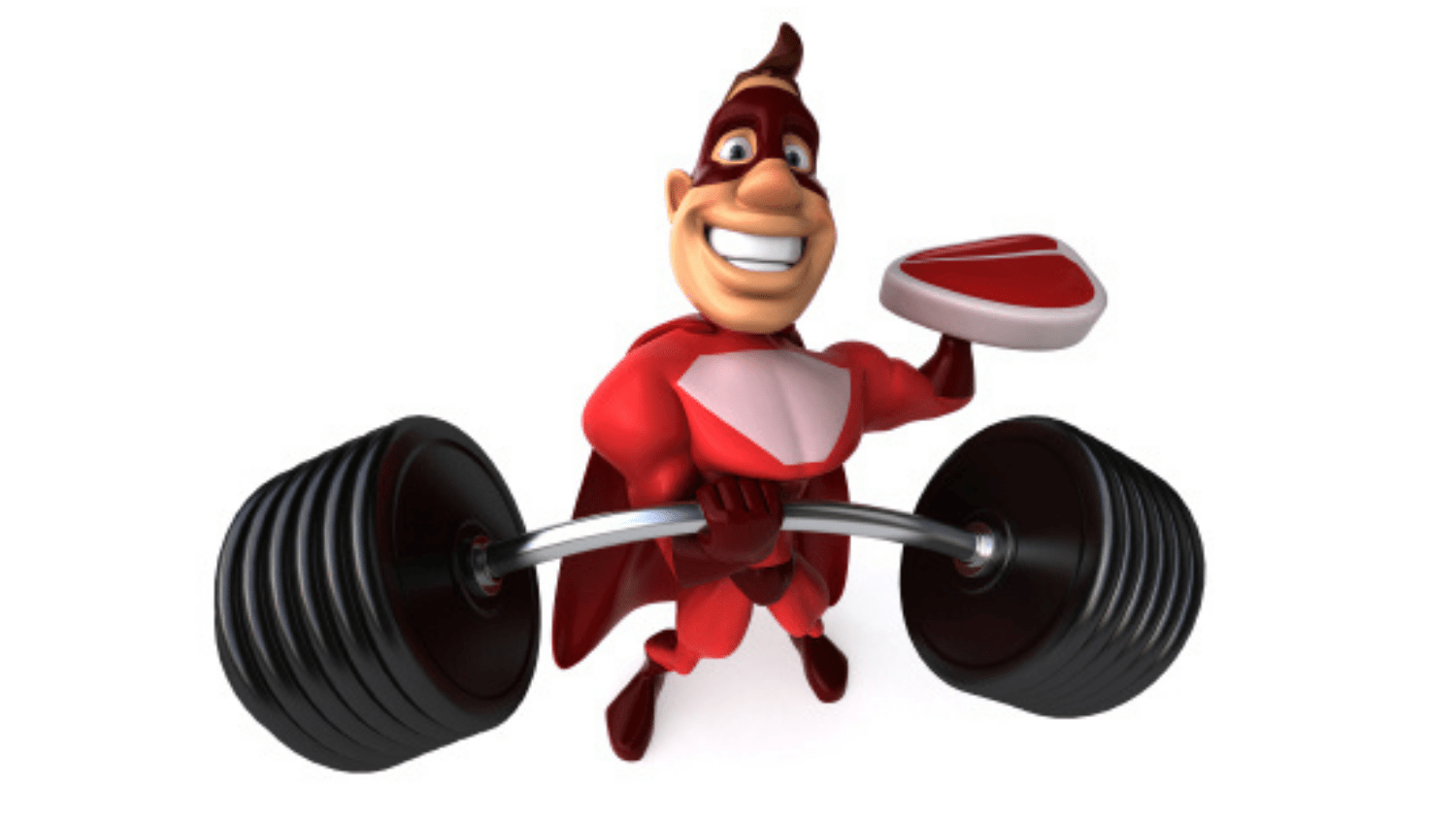The key to weight gain is a calorie surplus achieved through diet in cooperation with activity levels. The metabolic process of using energy to construct complex molecules from simpler ones in the synthesis of needed compounds and tissues is called anabolism. Gaining muscle is anabolism at work. Consequently, diet is an important aspect of any effective weight-gain strategy.
How much you eat plays into weight gain; but, what you eat plays into what kind of weight – be it fat or muscle – you gain. Consequently, muscle food isn’t just any food. Muscle foods are offerings with complete protein, complex carbohydrates, little fat, and vitamins and minerals. Junk foods, by contrast, are loaded with simple sugars (think candy and soft drinks) and saturated and/or trans fats. The calories in junk foods are often called “empty” calories because they lack the raw materials needed to support a healthy body.
The single “most important” raw material of the assortment of macro and micro nutrients affecting muscle growth and preservation is protein. Structural proteins are the main constituents of muscles.
Protein offers us reduced nitrogen. The growth of all living things is fundamentally dependent on nitrogen and nitrogen is a building block of amino acids, which are, in turn, building blocks of proteins. Biochemistry buffs already know that the human body can’t convert, or “fix,” abundant, molecular, atmospheric nitrogen into a chemical compound eager to participate in reactions within us. We depend on nitrogen already “fixed” in the form of ammonium, nitrite, or nitrate ions.
We assimilate reduced nitrogen compounds as dietary free amino acids and protein (as well as from ammonia produced by our own intestinal tract bacteria). The biological value of dietary proteins relates to the extent to which they provide all the necessary, or essential, amino acids. We use the reduced nitrogen to form other amino acids and synthesize proteins for growth and development.
Folks considering themselves to be “health conscious” eaters these days often have an aversion to one of the very best protein-laden muscle foods available: red meat. They consume more chicken, for instance, than red meat because chicken is a good source of protein without all the “drawbacks” of red meat. Or, they don’t eat red meat at all! No doubt, there are many good sources of protein, such as eggs, milk, yogurt, beans, nuts, and fish. However, they don’t beat red meat as muscle food.
Red meat provides you with the raw materials you need to grow:
- Amino acids, all the essential and nearly all the non-essential
- Creatine (about 2 grams per pound)
- Arachidonic acid, an omega-6 fatty acid that triggers changes in protein turnover rates which results in muscle growth
- Minerals, high levels of iron, as well as phosphorus and zinc
- Vitamins, B1 (thiamin), B2 (riboflavin), B3 (niacin), and B12 (cobalamin)
Red meat is having a hard time these days shaking its artery-clogging reputation. The truth is that lean (i.e., less than 15 % fat) cuts are more than alright, they actually can help to lower low-density lipoprotein (LDL) cholesterol-levels (i.e., bad cholesterol) while raising high-density lipoprotein (HDL) levels (i.e., good cholesterol).
Lean, red meat is a true muscle food.

Leave a Reply